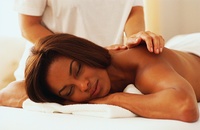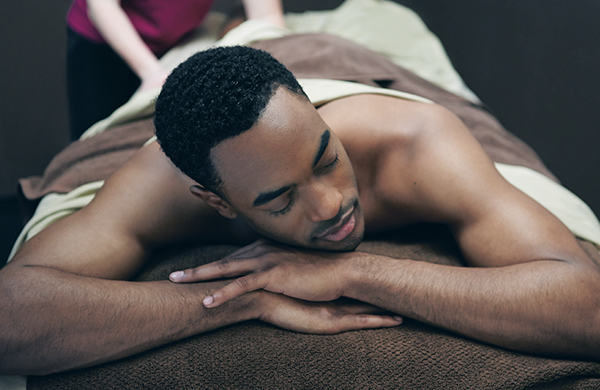
Not all massages are made equal. Even if you go in for a particular style—Swedish, deep-tissue, or trigger-point, say—an experienced therapist will most often pull from a variety of modalities to achieve what you want. With so many different therapists using so many different techniques, how can you ensure you’ll get a relaxing massage that leaves you feeling looser, lighter, and with fewer aches and pains?
Below, we asked licensed massage therapist Emmanuel Bistas, the founder and director of Chicago’s New School for Massage, for a few massage techniques and tips.
Have a goal in mind
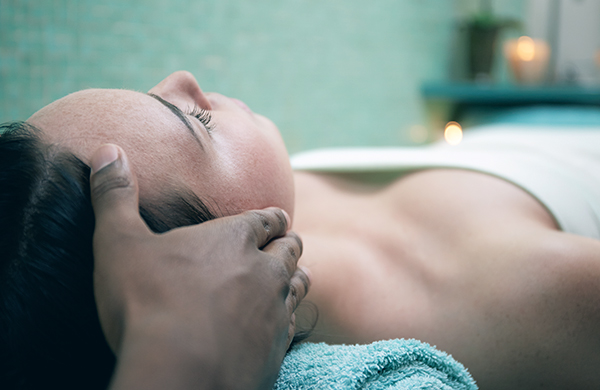
Come into your massage session knowing what you want. The massage you’ll receive if you tell the therapist you’re just looking to unwind will be much different than if you tell them you’d like to release knots in your shoulders built up during long days at the office.
“Hopefully the massage therapist has an intake form, and the client fills out areas of pain or discomfort,” Emmanuel said. “There’s this little interaction where they both agree what needs to be done. A lot of the incidents that happen in massage take place either because of that interaction not happening or one person not listening to the other.”
That being said, massage therapists are not miracle workers.
“There is a great comic I’ve seen where a massage therapist is facing a client and saying, ‘Let me understand this: you have had this pain now for a year, but you want me to get rid of it in 60 minutes?’ It doesn’t work that way.”
Bottom line: you can expect some relief from a one-off session, but you’ll feel your best with a regular series of massages.
Pain ≠ gain
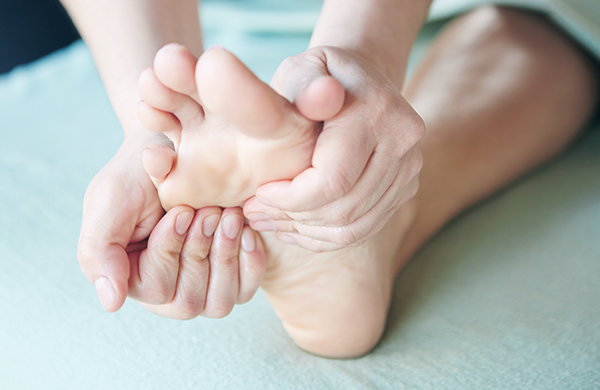
Massage can certainly “hurt so good,” but pain isn’t required for a massage to be effective. “Actually, it can be counterproductive,” Emmanuel said. “Whenever there’s a lot of pain, then we engage in what we call the ‘therapeutic standoff’. … As a therapist, I’m trying to engage the patient on the table to just let go and go from there, but because of the stimulus I’m producing, the person on the table is fighting it so much that … there’s really no positive effect in this treatment.”
Emmanuel suggests thinking of pain as existing on a scale of 0–10, where 0 is no pain and 10 is excruciating pain. “The good pain would be from maybe 2 or 3 to 6, and then there would be an area where I would call bad pain, which is maybe from 7 to 9. … There is pain, but it’s not necessary.” While good pain can feel enjoyable, you should never feel pressured to endure uncomfortable pain.
If you don’t even like “good” pain, there’s a massage for you, too. “There are a lot of techniques that actually do not produce any pain,” Emmanuel said.
Communication is key

The more you communicate with your therapist, the better your massage will be. “There’s a concept in massage therapy that is called ‘informed consent,’” Emmanuel said. “Informed consent basically means the clients, the patients, the person on the table having enough information to make a decision as to whether they can continue the session or not. That can happen throughout the session.”
This is a two-way street. Your therapist should also tell you when they’re about to delve into a particularly tender muscle so you can give them the go-ahead or suggest they move on to another area.
“[Clients] can say no,” Emmanuel said. “Many times they’re just not [going to] because they want to be nice. [But then] it becomes a bad experience.”
It might get worse before it gets better
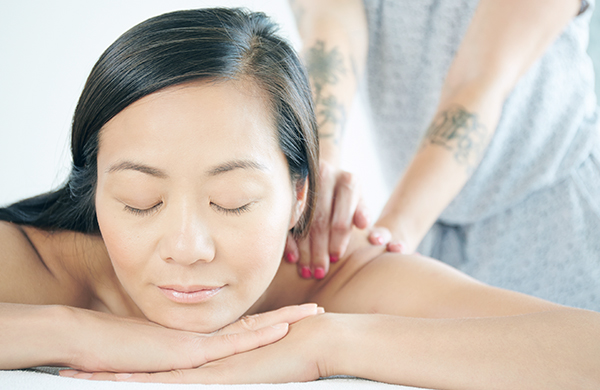
If you’re not on a regular massage schedule, expect to feel sore for a few days after a good massage.
“It’s kind of like not having any physical work and then going on an 8-mile hike,” Emmanuel said. “The next day you’re going to be in pain. It’s just something to consider.”
Enjoy the short-term soreness knowing that it’s the result of releasing long-term tension.
RELATED READS:








